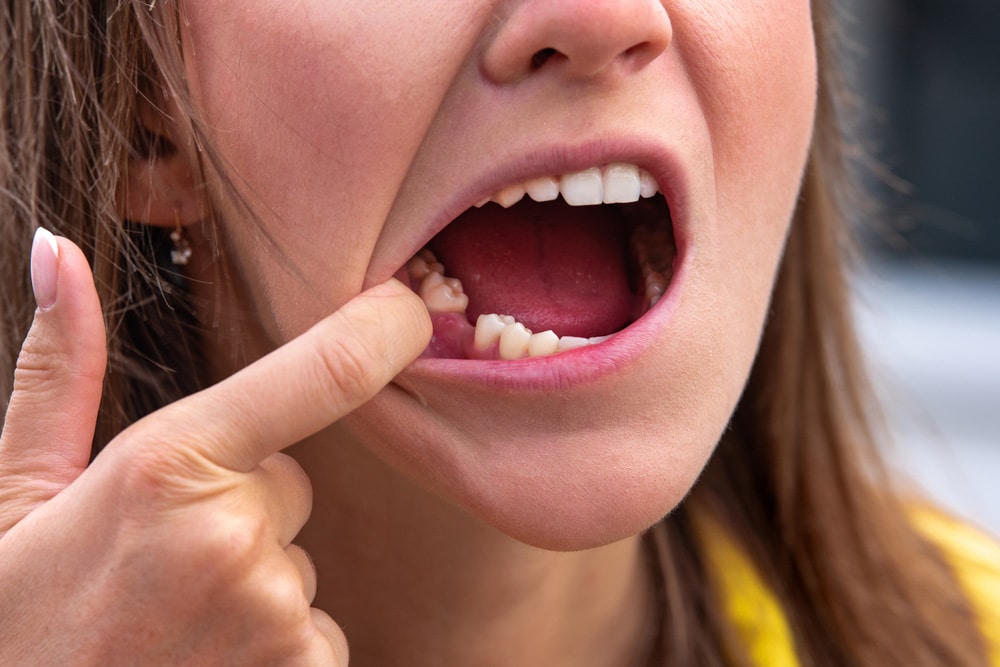Have you been advised to get a tooth extracted and are wondering what comes next? Tooth extraction is a common dental procedure, followed by a period of healing for the gums. It involves several important stages for restoring the health and function of your mouth. This blog aims to provide an overview of the gum healing process after tooth extraction.

Understanding the Healing Process Post-Tooth Extraction
The moment a tooth is extracted, your body starts the healing process. Initially, a blood clot forms in the socket where the tooth once was. This clot acts as a protective layer over the underlying bone and nerves, preventing infection and allowing new tissue to form. Over the next few days, you might notice the formation of a soft granulation tissue rich in collagen, which gradually replaces the blood clot. This tissue potentially serves as the foundation for the new bone and gum tissue that will fill the gap.
As the days turn into weeks, the granulation tissue continues to mature and the socket begins to fill in with bone. This phase is critical for the stability of the surrounding teeth and the potential for future dental restorations. Throughout this period, the gums reshape and tighten around the newly formed bone to create a smooth, healed area.
How Long Does It Take For Gums To Heal Completely?
The timeline for healing can vary depending on various factors, such as the complexity of the extraction and the individual’s overall health. The initial healing phase, where the gum tissue covers the extraction site, could take around 3 to 4 weeks. However, the complete healing process, which includes the full regeneration of bone and the stabilisation of the gum tissue, may extend from 3 to 6 months. It’s a gradual process that requires patience and proper care.
During this time, it’s important to follow your dentist’s instructions closely to support the healing process and avoid complications. Regular check-ups can help monitor the healing progress and address any concerns that may arise along the way. Remember, every individual’s healing journey is unique and allowing your body the time it needs to heal is important for recovery.
Preventing Complications: Tips For Recovery
The recovery process involves taking proactive steps to prevent complications. Here are some tips to help you:
- Follow post-operative instructions closely to protect the clot and promote healing.
- Avoid smoking and using straws, as the suction can dislodge the blood clot.
- Eat soft foods and gradually reintroduce solid foods as the healing progresses.
- Maintain oral hygiene with gentle brushing and, if recommended, saltwater rinses to keep the area clean.
By following these tips, you can help support the healing process of your gums and potentially reduce the risk of complications like a dry socket or infection.
Ready to Discuss Your Dental Options?
In conclusion, understanding the gum healing process after tooth extraction can allow you to take an active role in your recovery. Whether it’s due to infection, severe decay or orthodontic reasons, our team at Albany Dental is here to support you through the tooth removal process. Contact us today to schedule an appointment.











